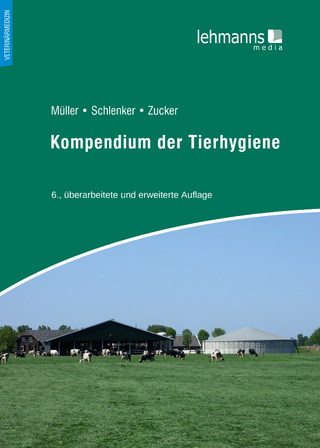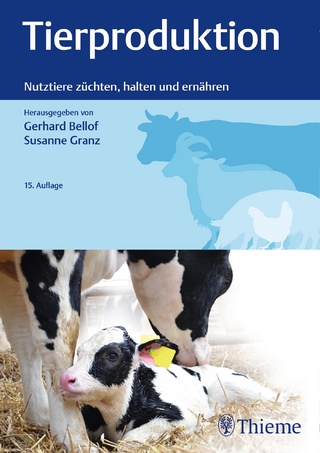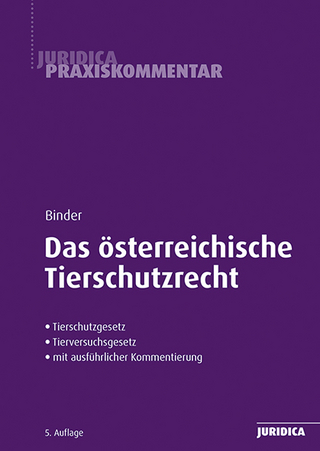
Biosecurity guide for live poultry markets
Seiten
2020
Food & Agriculture Organization of the United Nations (FAO) (Verlag)
978-92-5-108910-1 (ISBN)
Food & Agriculture Organization of the United Nations (FAO) (Verlag)
978-92-5-108910-1 (ISBN)
Provides practical options for improving the hygiene and biosecurity of poultry markets. Structured as a series of questions based on real-life situations and problems, this publication contains information on appropriate ways to decontaminate markets and the equipment and vehicles that enter them.
This guide for live poultry market managers provides practical options for improving the hygiene and biosecurity of their markets. Structured as a series of questions based on real-life situations and problems, it contains information on appropriate ways to decontaminate markets (e.g. using detergents or disinfectants), and the equipment and vehicles that enter them.Live poultry markets are an important part of the poultry supply chain in many parts of the world. However, the emergence of avian influenza viruses that can cause severe disease in humans who work in or visit contaminated markets means that some long-standing practices are no longer acceptable.This manual does not provide a "one-size-fits-all" solution for markets, given that these vary from large wholesale markets with a daily throughput of tens of thousands of poultry to small roadside or village markets that operate once or twice per week. Instead, it offers a menu of options that can be used to find cost-effective solutions for a range of types of market.
This guide for live poultry market managers provides practical options for improving the hygiene and biosecurity of their markets. Structured as a series of questions based on real-life situations and problems, it contains information on appropriate ways to decontaminate markets (e.g. using detergents or disinfectants), and the equipment and vehicles that enter them.Live poultry markets are an important part of the poultry supply chain in many parts of the world. However, the emergence of avian influenza viruses that can cause severe disease in humans who work in or visit contaminated markets means that some long-standing practices are no longer acceptable.This manual does not provide a "one-size-fits-all" solution for markets, given that these vary from large wholesale markets with a daily throughput of tens of thousands of poultry to small roadside or village markets that operate once or twice per week. Instead, it offers a menu of options that can be used to find cost-effective solutions for a range of types of market.
| Erscheinungsdatum | 21.08.2020 |
|---|---|
| Reihe/Serie | FAO animal production and health guidelines ; 17 |
| Verlagsort | Rome |
| Sprache | englisch |
| Themenwelt | Recht / Steuern ► EU / Internationales Recht |
| Veterinärmedizin ► Allgemein ► Fleischhygiene / Lebensmittelkunde | |
| Weitere Fachgebiete ► Land- / Forstwirtschaft / Fischerei | |
| ISBN-10 | 92-5-108910-8 / 9251089108 |
| ISBN-13 | 978-92-5-108910-1 / 9789251089101 |
| Zustand | Neuware |
| Informationen gemäß Produktsicherheitsverordnung (GPSR) | |
| Haben Sie eine Frage zum Produkt? |
Mehr entdecken
aus dem Bereich
aus dem Bereich
Zucht, Haltung und Ernährung landwirtschaftlicher Nutztiere
Buch | Hardcover (2018)
Enke (Verlag)
101,00 €
Tierschutzgesetz und Tierversuchsgesetz 2012 mit ausführlicher …
Buch (2024)
MANZ Verlag Wien
94,00 €


